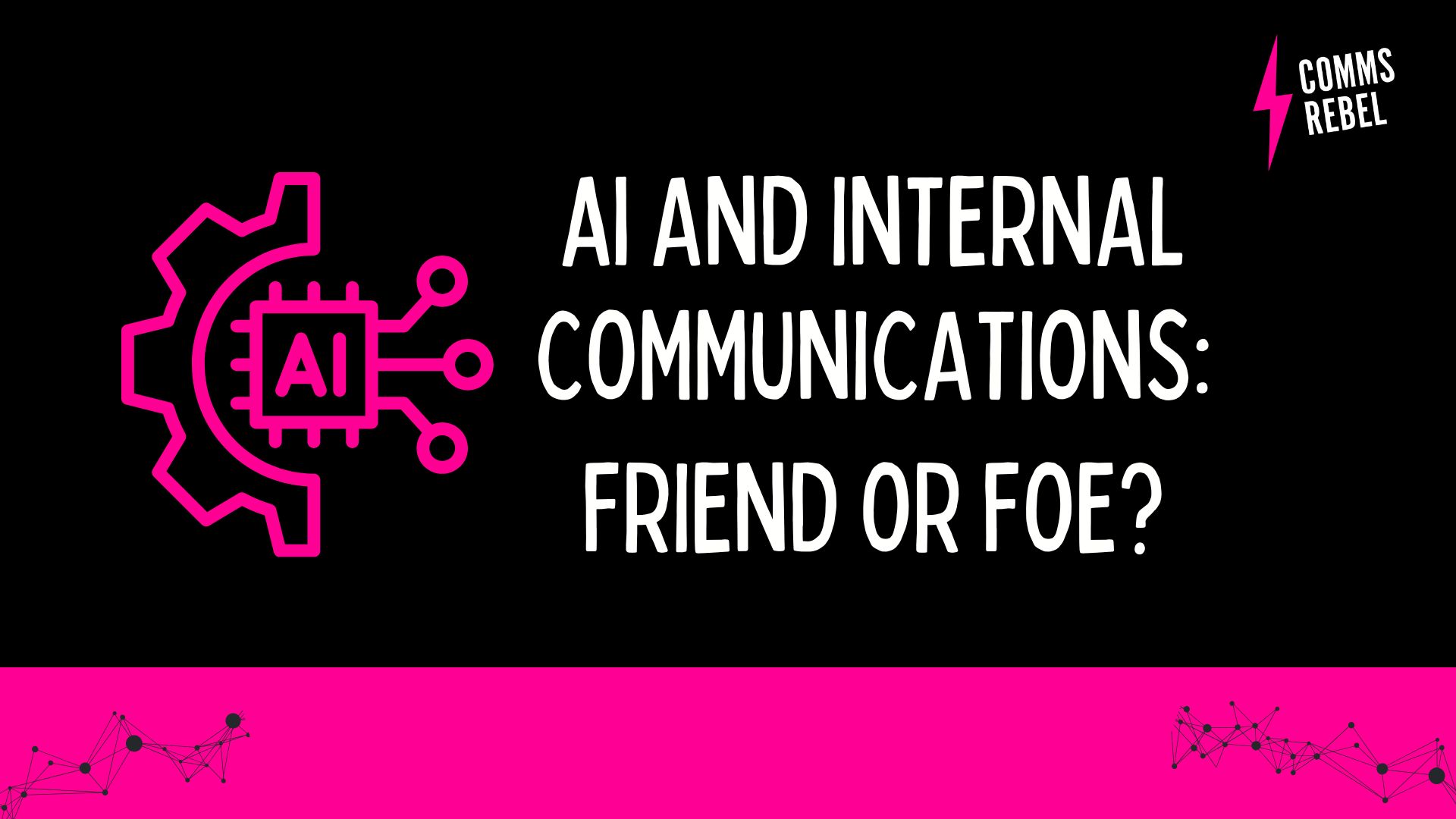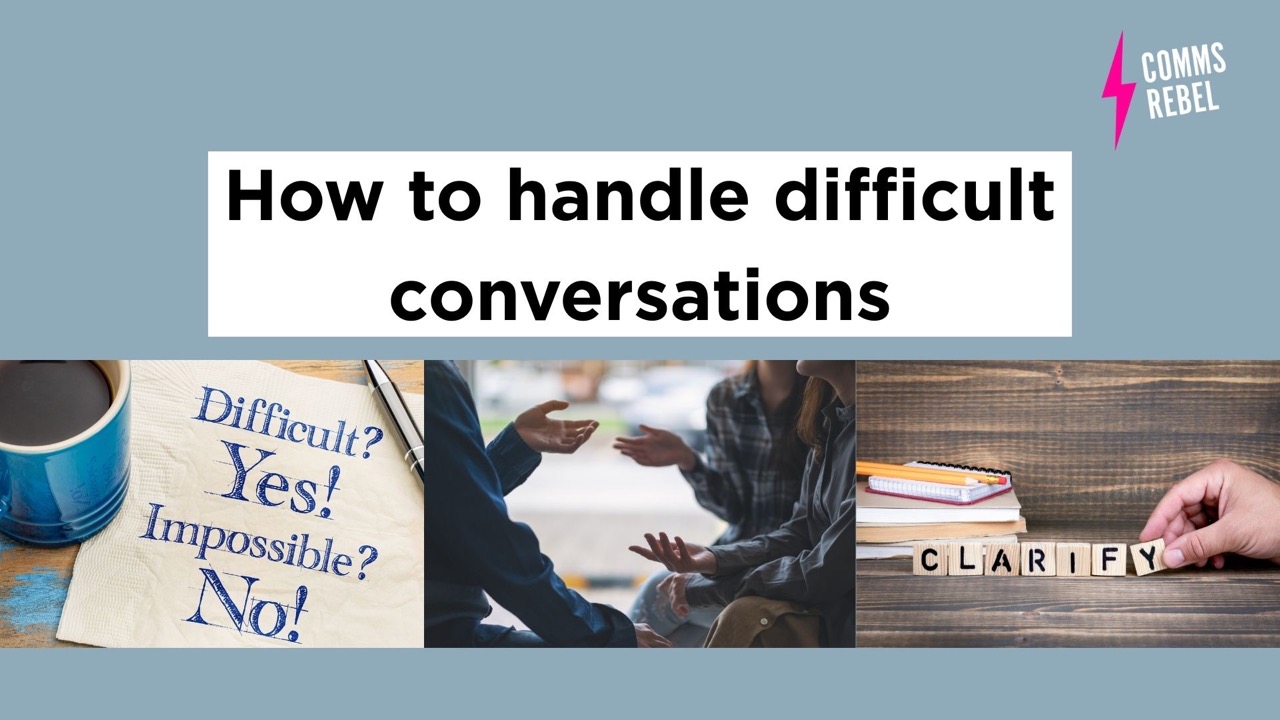Why your internal comms might be getting ignored.
You’ve spent time crafting the perfect internal message. It’s been reviewed, signed off, formatted just right, and sent out to the masses.
And the only response you get?
A polite but slightly smug email pointing out a typo.
Sound familiar?
It’s frustrating. You put in the effort to get things right, only to have your message disappear into a black hole of unread inboxes or forgotten Teams posts. You wonder, “Is anyone even reading this?”
The truth is, it’s not just you.
The way people consume information has changed massively in recent years. Outside of work, everything is personalised. Netflix tells us what to watch next. Supermarkets email us offers based on what we actually buy. Our social media feeds are tailored to our interests and habits.
So why are so many internal comms messages still sent like a mass marketing flyer from the 90s?
It’s often because internal communication is still treated like a broadcast – one message sent to everyone, with the hope that something will stick.
But that’s not how people want to be communicated with anymore.
Broadcasting isn’t engaging
When everyone gets the same message, regardless of whether it’s relevant or useful to them, people stop paying attention. It’s human nature. We filter out what doesn’t feel important to us.
The result? Your carefully crafted updates, announcements and leadership messages are being missed, skimmed or ignored. And let’s be honest – nobody wants their biggest piece of comms feedback to be, “There was a spelling mistake in paragraph two.”
So, how do you shift from broadcasting to something more engaging?
Here are a few ideas that have made a real difference for some of my clients.
1. Not everyone needs to know everything
This sounds obvious, but it’s a trap many organisations fall into. We default to sending everything to everyone, just in case.
But when people are overwhelmed by irrelevant updates, they start tuning out completely – and that means they’ll miss the stuff that does matter to them.
Be ruthless about your audiences. Who actually needs this message? If it’s only relevant to a particular team, region or function, then tailor it accordingly.
Your goal isn’t to send more messages. It’s to make sure the right people are reading the right ones.
2. Choose the right channel for the job
You might love a well-written email. But if your colleagues are on the shop floor, in depots, on the road or otherwise not at a desk, they probably won’t see it – no matter how perfectly you’ve crafted the subject line.
Take time to understand where your people naturally go for information. Is it a manager briefing? A shift meeting? A WhatsApp group? A digital screen in the break room? An internal app?
Then meet them there.
If you’re not sure what works best, ask. One of the biggest wins in internal comms is simply taking the time to understand the habits and preferences of your audience.
3. Ditch the jargon and the ‘business-speak’
If your message sounds robotic, or uses phrases no one would ever say out loud, you’ll lose people fast.
Jargon doesn’t make comms sound more professional – it just makes it harder to understand.
Use plain, human language. Write like you talk. Imagine explaining the message to a colleague in a lift or a coffee queue. That’s the tone to aim for.
You can still be clear and informative without sounding like a policy document.
4. Test, tweak and try new formats
If your current approach isn’t working, try something different. You don’t need to overhaul your entire strategy overnight – just make small experiments part of how you work.
Not getting engagement from your all-staff email? Try a short video clip instead. Too much text on the intranet? Break it up with infographics, bitesize posts or interactive content. Could that quarterly update be shared as a quick-fire Q&A on Teams?
Internal comms doesn’t have to mean big, glossy campaigns. Sometimes, the smallest tweaks make the biggest difference.
5. Track what’s actually working
One of the most powerful things you can do is use your data to guide decisions.
Look at open rates, click-throughs, reactions, views and any feedback you get. But also look beyond the numbers – talk to managers and team leaders. Ask what’s landing. What’s sparking questions or action? What’s being ignored?
Link in with HR, engagement teams or operations to understand where your comms might be influencing behaviour, morale or outcomes. It’s not always about volume. Sometimes, one well-placed message is more valuable than ten unread ones.
When you track and adapt based on results, your comms get sharper. And your audience gets more engaged.
Internal comms should feel personal – even if it isn’t 1:1
You might not be able to tailor every message for every employee. But you can make comms feel more relevant, human, and useful.
At its heart, internal communication isn’t just about sending messages. It’s about making sure people understand what’s going on. That they feel informed enough to do their jobs well, and valued enough to care.
That means being clear, targeted, thoughtful – and most importantly, being willing to evolve.
If all your comms are getting is a reply about a typo, it might be time to take a step back and ask: Did this message feel relevant? Did it reach people where they are? Did it speak to them like people, not just employees?
Because when we stop broadcasting and start connecting, everything changes.
What’s the best internal personalisation you’ve seen?
Whether it’s a brilliant campaign, a clever use of data, or just a great piece of human messaging, we’d love to hear what’s worked for you.
Feeling stuck? We can help. We are an internal comms and employee experience consultancy specialising in workplace culture, change, confidence, and coaching. Let’s talk.
P.S. If you enjoyed this post, check out The Power of Inclusive Language


